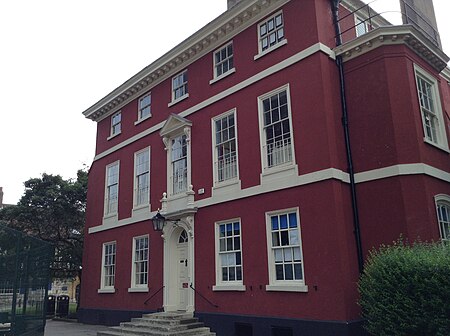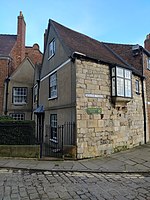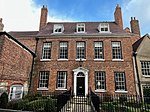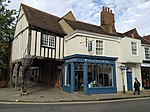Old Residence
18th-century establishments in England18th century in YorkBuildings and structures in North YorkshireGrade II* listed buildings in YorkGrade II* listed houses ... and 4 more
Houses in North YorkshireMinster YardUse British English from October 2021Yorkshire building and structure stubs

Old Residence is an historic building in the English city of York, North Yorkshire. A Grade II* listed building, located at 6 Minster Yard, at its junction with College Street, the building dates to the early 18th century, but it was raised and reroofed in 1786, as well has receiving a small extension in the late 19th century.The building stands about 30 feet (9.1 m) from York Minster's southeastern corner.
Excerpt from the Wikipedia article Old Residence (License: CC BY-SA 3.0, Authors, Images).Old Residence
The Queen's Path, York Bishophill
Geographical coordinates (GPS) Address Nearby Places Show on map
Geographical coordinates (GPS)
| Latitude | Longitude |
|---|---|
| N 53.962012 ° | E -1.080626 ° |
Address
The Queen's Path
YO1 7JD York, Bishophill
England, United Kingdom
Open on Google Maps










